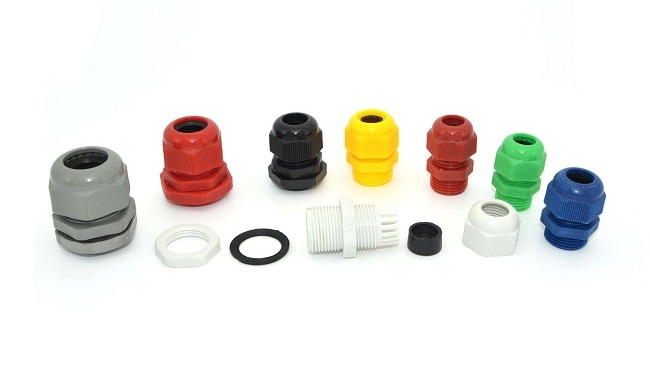The Features and Advantages of the Waterproof Nylon Cable Gland

Nylon waterproof cable gland is a kind of cable connector which is suitable for connecting cables in the fields of electric power, communication, construction and transportation, etc., and makes the connecting to be waterproof, dust-proof, shockproof, corrosion-proof and mosquito-proof. Nylon cable glands are suitable for some special applications, such as outdoor, wet or the environment which is easy to be soaked by water, such as electronic equipment, sugar machinery and products that need to be waterproof and have a longer service life.
Here are some features and advantages of the waterproof nylon cable glands:
1. Waterproof: nylon material has good waterproof performance, which can effectively protect the cable system from water intrusion to keep the environment to be moisture-proof, shock-proof, corrosion-proof and mosquito-proof.
2. Corrosion resistance: nylon material has good resistance to acid, alkali, oil, high temperature and chemical corrosion, it can adapt to harsh environments and improve the reliability of the electrical system.
3. High strength: nylon material has high mechanical strength and stiffness, it is not easy broken, can meet requirements for various high-strength applications.
4. Easy installation: Nylon cable glands are usually with plug-in connection which is flexible and easy to be installed, people can reduce the time and cost on the installation process of the project.
5. Lightweight: nylon material is lightweight, using nylon glands, people can reduce the weight of the connector components, and improve transmission efficiency and reliability.
It should be noted that it is very important to choose the suitable types and sizes of cable glands, and install the glands in strict accordance with the installation instructions. In addition, it is also necessary to pay attention to the quality and reliability of the connection, check the insulating material regularly to avoid any damaging to the material and connectors caused by external factors.



